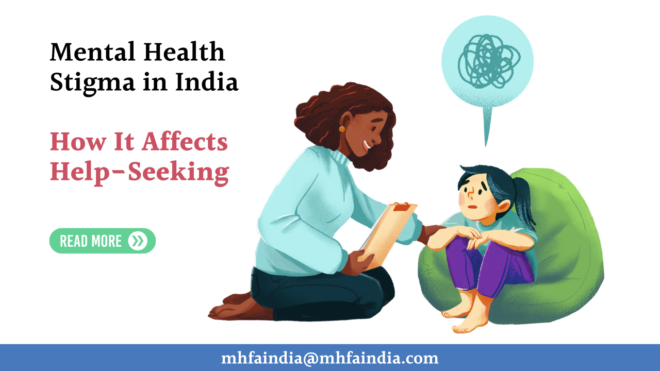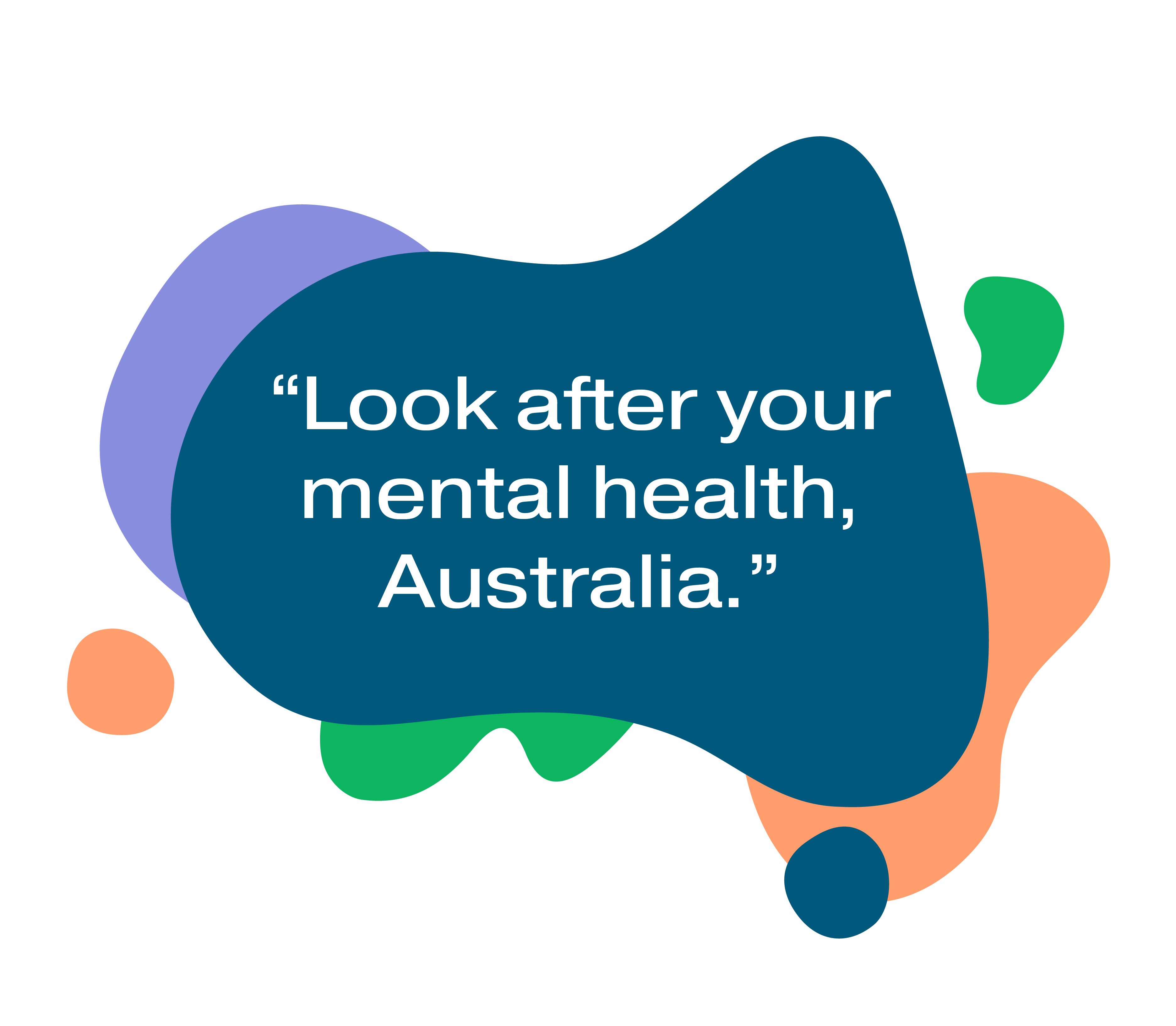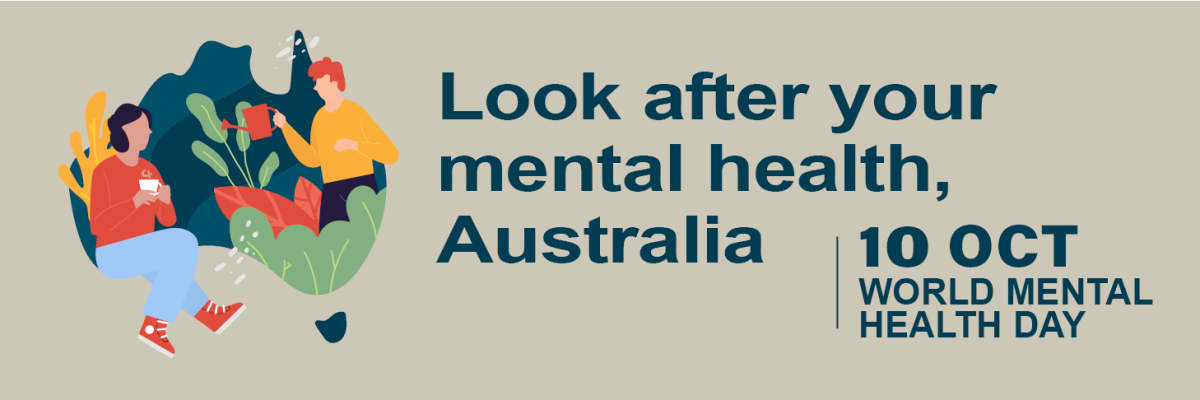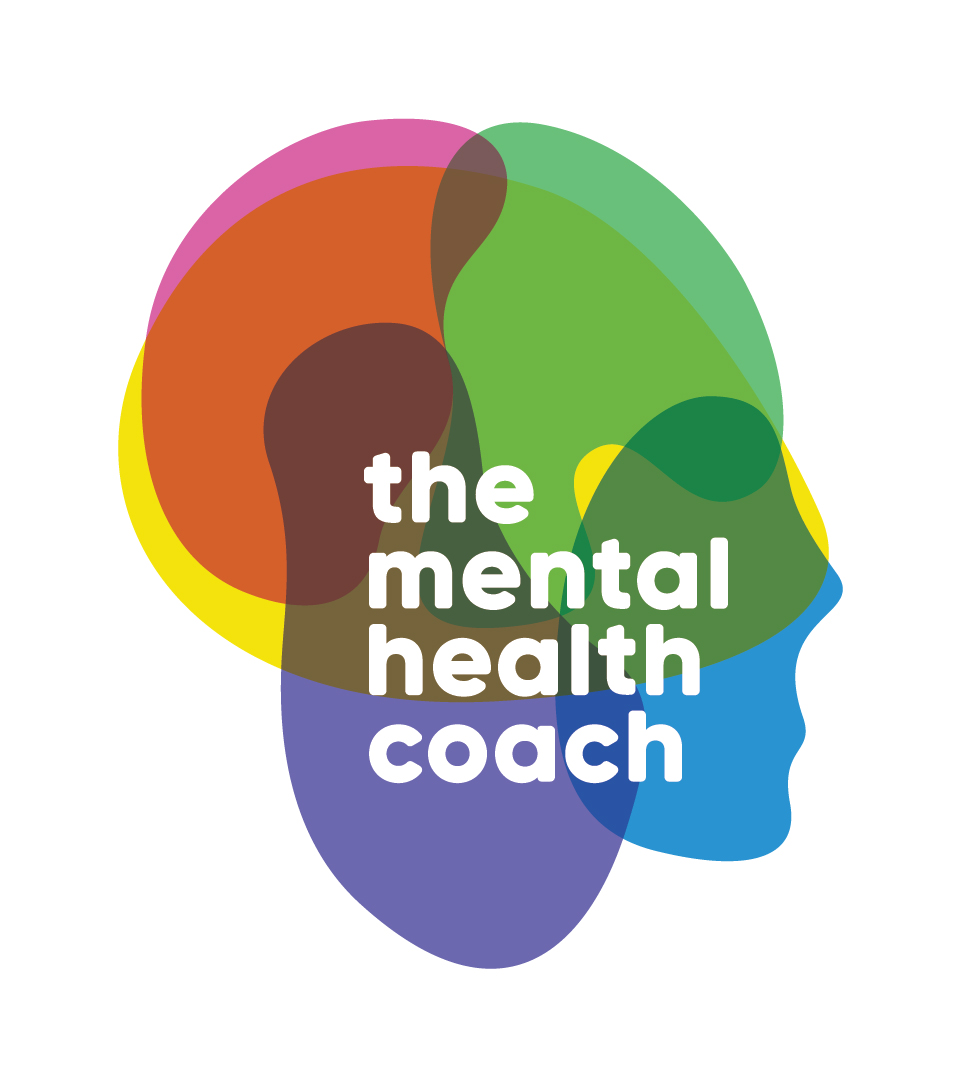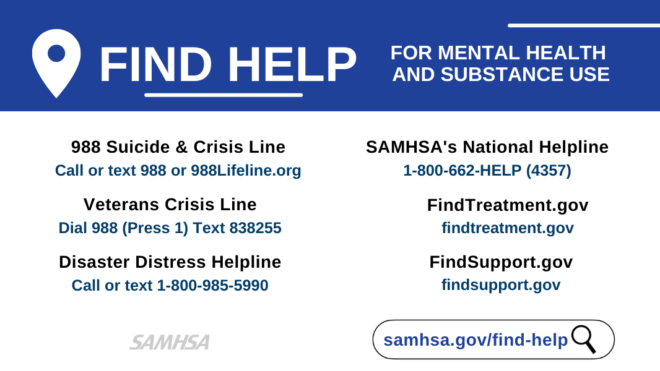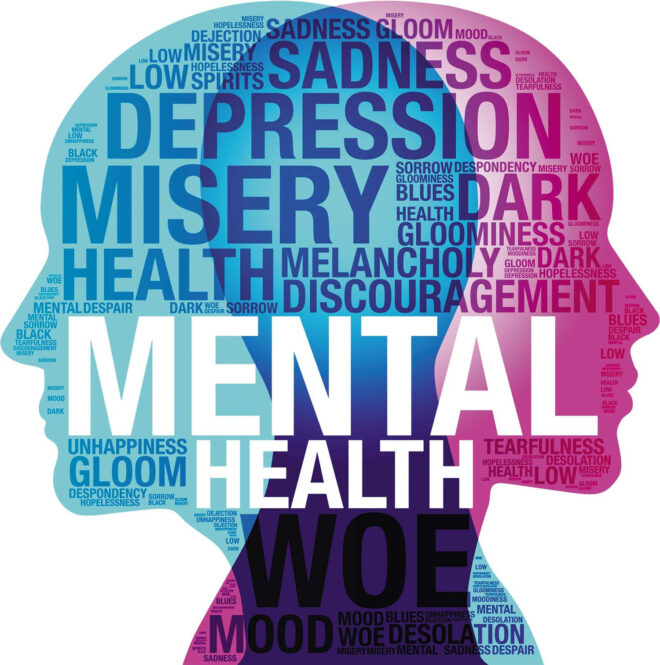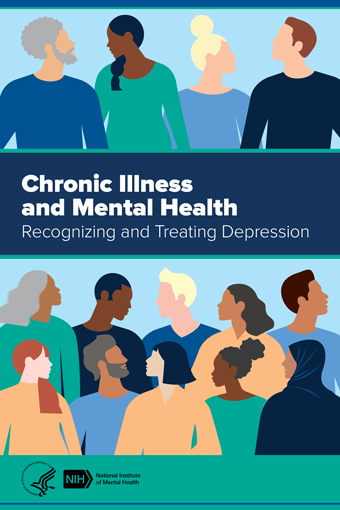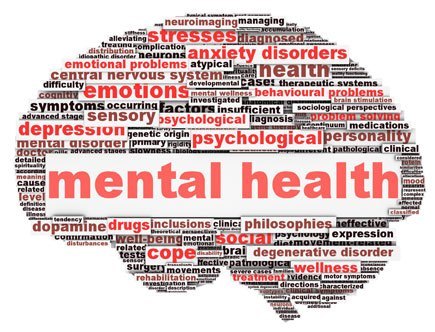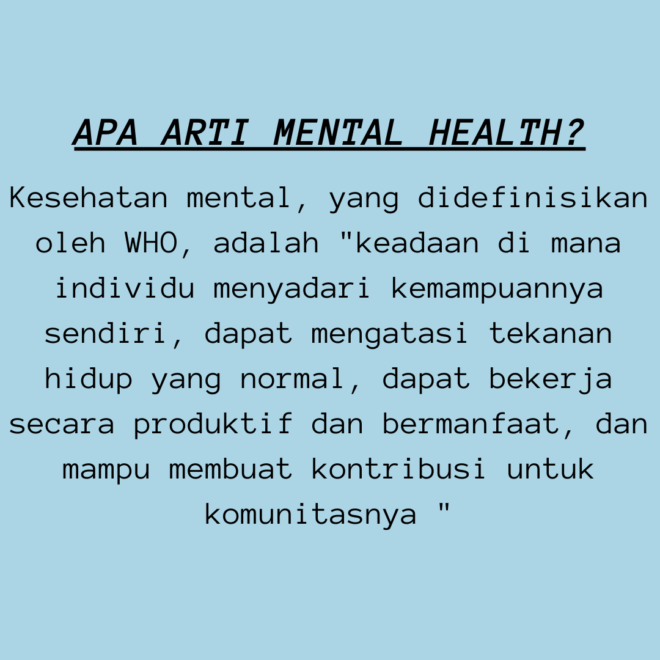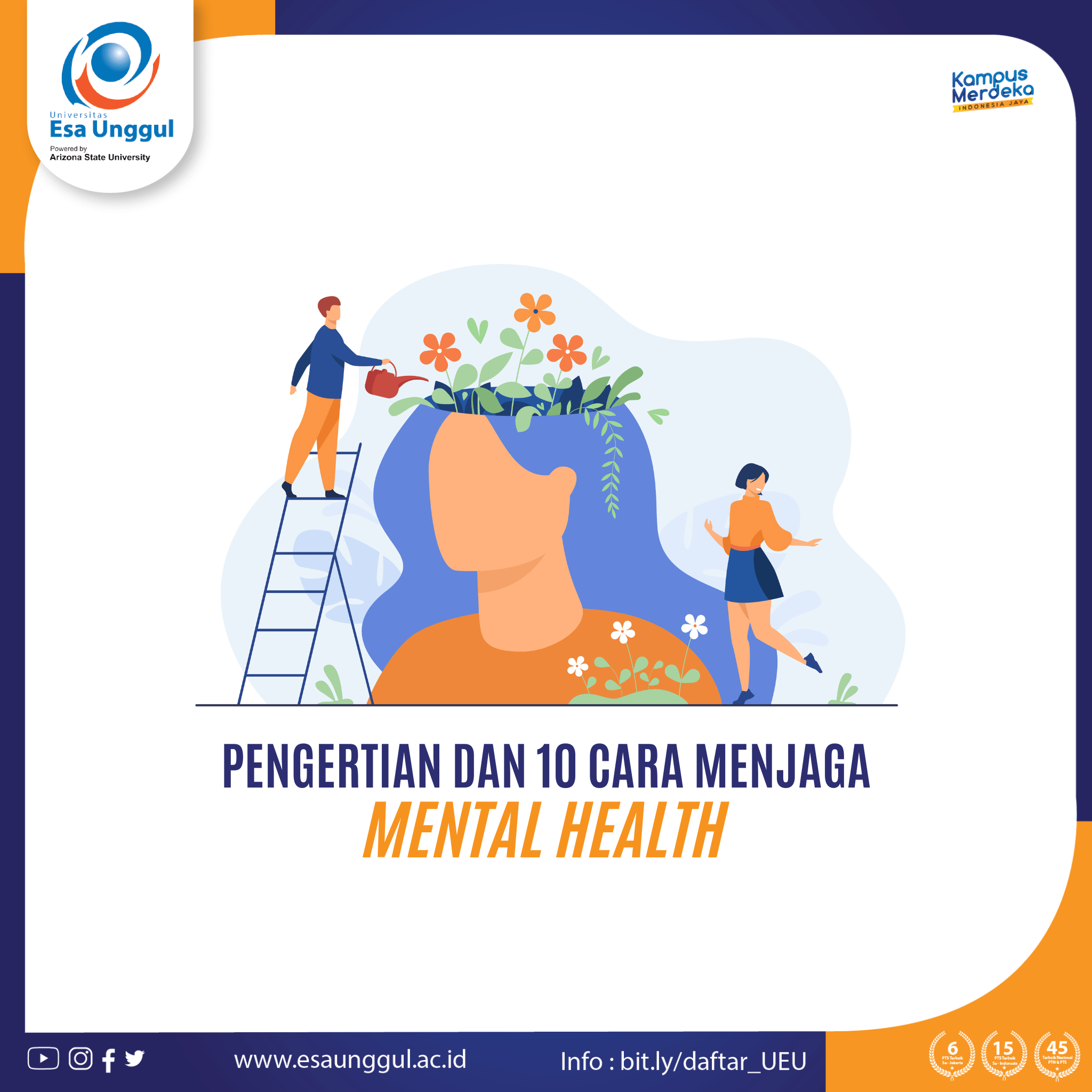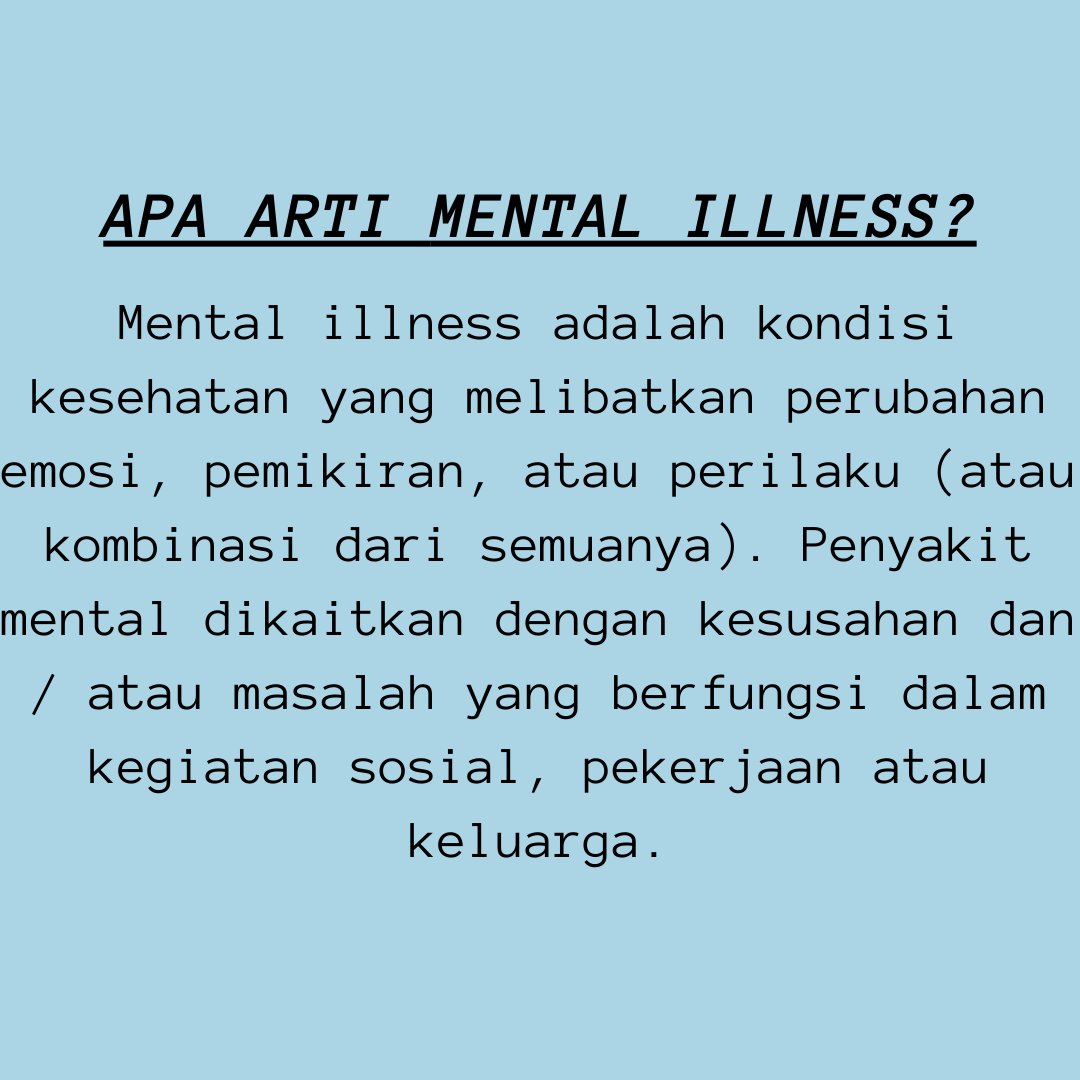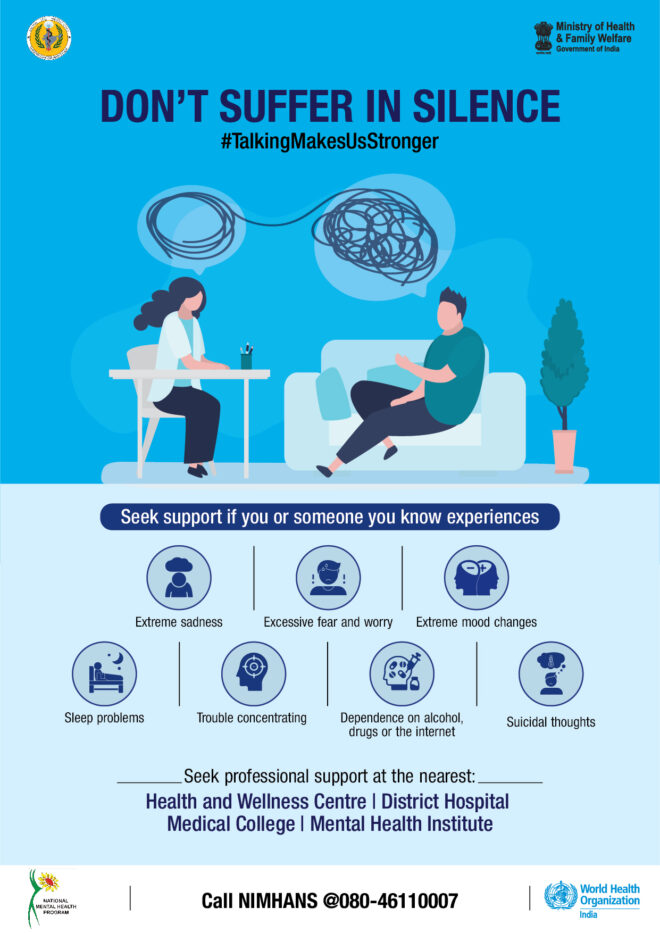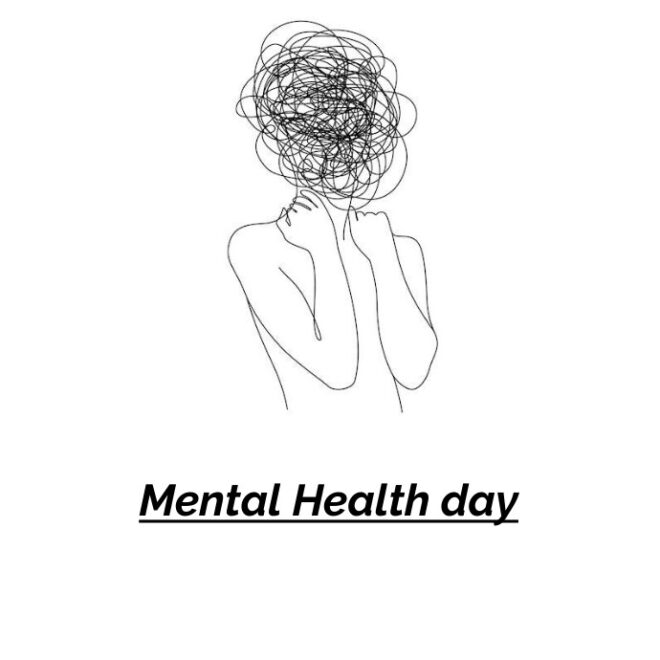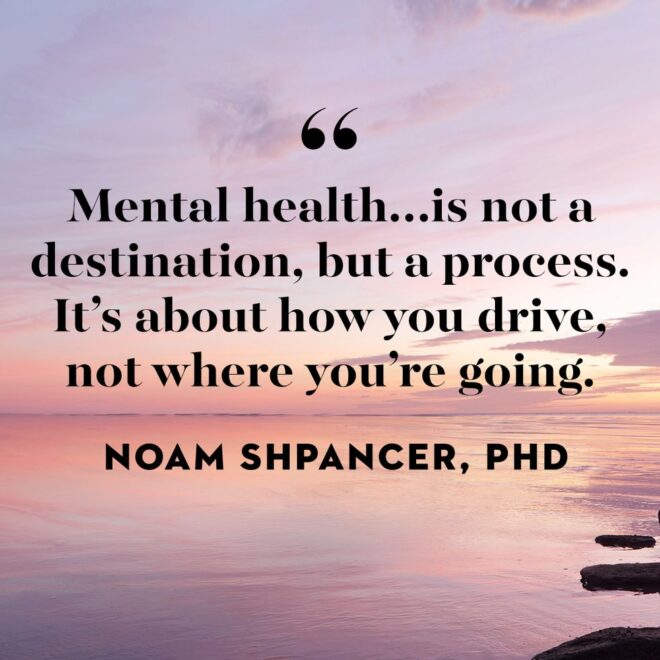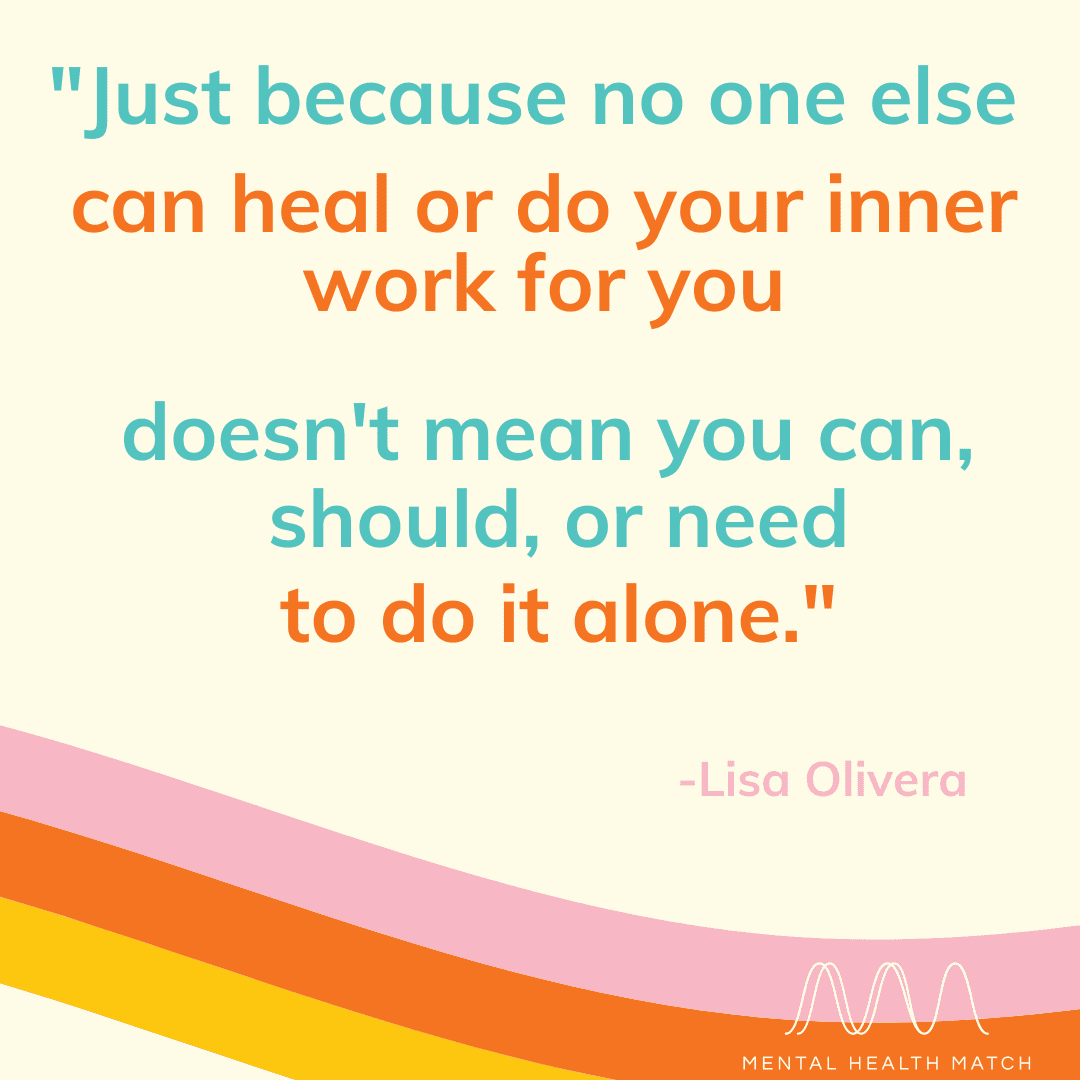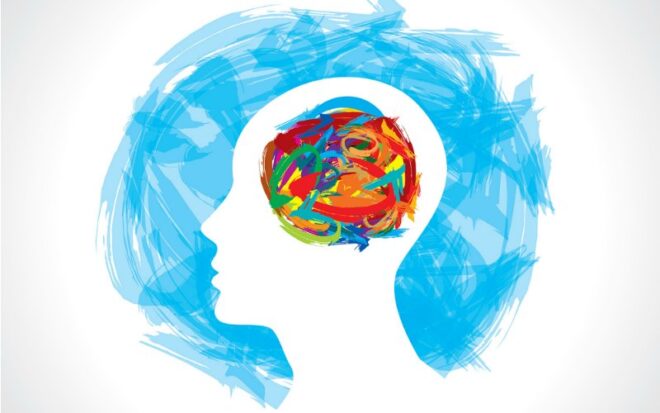To improve mental health in India, focus on relaxation, stress reduction, creativity, nature time, social connections, physical health, and quality sleep. These strategies can positively impact mental well-being and overall health in the Indian population.
India faces unique challenges in mental health due to various factors such as stigma, lack of awareness, and limited resources. Implementing effective mental health initiatives, promoting mental health awareness, and enhancing accessibility to mental health services are crucial steps towards improving the mental health landscape in India.
By prioritizing mental health and investing in mental health infrastructure, India can work towards creating a healthier and happier society for all its citizens.

Credit: www.weforum.org
Introduction To Mental Health In India
Mental health is an important aspect of overall well-being, and India is no exception. However, the current state of mental health in India is a cause for concern. Mental health issues are often stigmatized and not given the attention they deserve. This creates challenges in addressing mental health issues effectively. Nevertheless, there are initiatives in place to improve mental health awareness and care in India. Individuals can also take steps to improve their mental well-being, such as finding ways to relax and reduce stress, being creative, spending time in nature, connecting with others, taking care of physical health, and improving sleep. It is important to prioritize mental health and seek help when needed.
Cultural Influence On Mental Health
Cultural influence on mental health in India is significant. The societal norms play a crucial role in shaping the mental well-being of individuals. Stigma and discrimination have a profound impact on how mental health is perceived and addressed in the Indian society. It is essential to address these cultural factors to effectively improve mental health in India.
Government Policies And Initiatives
To improve mental health in India, government policies and initiatives focus on promoting mental wellbeing, reducing stress, and enhancing access to mental health care. These initiatives aim to raise awareness, provide support, and integrate mental health services into primary healthcare to make them more accessible and affordable for all.
| Recent government actions: | National mental health programs aim to improve mental health services across India. The government has implemented policies focusing on mental health awareness and accessibility. |

Credit: www.hsph.harvard.edu
Role Of Non-governmental Organizations (ngos)
Non-Governmental Organizations (NGOs) play a crucial role in improving mental health in India. These organizations make significant contributions by providing essential mental health services and support to communities in need. Through strategic collaborations with government agencies and other stakeholders, NGOs have been able to create a lasting impact on mental health awareness and accessibility. By focusing on community-based interventions and outreach programs, NGOs have been instrumental in addressing the stigma associated with mental health and promoting holistic well-being. Their efforts have led to improved access to mental health resources and the development of sustainable support systems for individuals facing mental health challenges.
Community-based Approaches
Local community initiatives play a crucial role in improving mental health in India. Grassroots organizations are implementing innovative programs to raise awareness and provide support to individuals facing mental health challenges. These initiatives focus on promoting mental well-being and reducing stigma associated with mental illnesses. Success stories from the grassroots highlight the impact of community-driven efforts in addressing the diverse mental health needs of the population. By fostering collaboration and empowerment at the local level, these initiatives contribute to a more inclusive and accessible mental health support system.
Innovations In Mental Health Care
Discover innovative approaches to enhance mental health care in India. Implementing tailored initiatives and integrating mental health services into primary healthcare can make treatment more accessible and affordable, promoting overall well-being and development.
| Innovations in Mental Health Care | |
| Technological advancements | Technological innovations have revolutionized mental health care delivery, offering telemedicine options for remote consultations and therapy sessions. |
| Integrative medicine approaches | Integrative medicine combines traditional practices with modern treatments to provide holistic care for mental well-being. |
Preventive Strategies And Wellness Programs
Improving mental health in India requires a multifaceted approach. Educational programs can play a crucial role in raising awareness and reducing stigma around mental health issues. Workplace wellness interventions can also be effective in promoting mental well-being among employees.
Future Directions In Mental Health
Future directions in mental health in India involve extensive research and development in the field. It is crucial to identify the gaps in the existing mental healthcare system and work towards filling them. This requires a significant investment in research to understand the prevalence and causes of mental illnesses in India.
Policy recommendations are equally important to improve mental health in India. The government needs to allocate more resources towards mental healthcare, which includes increasing the number of mental health professionals and building more mental health facilities. Additionally, there needs to be an increased focus on mental health awareness campaigns to reduce the stigma associated with mental illnesses.

Credit: www.linkedin.com
Frequently Asked Questions
How To Improve Mental Health In India?
To improve mental health in India, try to relax, reduce stress, be creative, spend time in nature, connect with others, and prioritize physical health and sleep. Join mental health initiatives for support.
What Are 5 Ways To Improve Mental Health?
To improve mental health, try these 5 tips: 1. Relax and reduce stress. 2. Learn and be creative. 3. Spend time in nature. 4. Connect with others. 5. Look after your physical health.
How Does India Handle Mental Health?
India handles mental health through evolving strategies, initiatives, and policies that promote awareness, support, and accessibility. Efforts focus on improving mental well-being, reducing stigma, enhancing treatment options, and integrating mental health care into primary healthcare systems.
What Is The Initiative For Mental Health In India?
The initiative for mental health in India includes evolving strategies and innovative mental health initiatives. It aims to promote mental well-being and make mental health more accessible and affordable. Various organizations and experts are working to strengthen the response to mental health challenges in India.
Conclusion
Prioritizing mental health is essential for overall well-being. Remember to relax, connect with others, and take care of your physical health. Embracing these tips can significantly improve mental health in India. Let’s work together to create a healthier and happier society.
